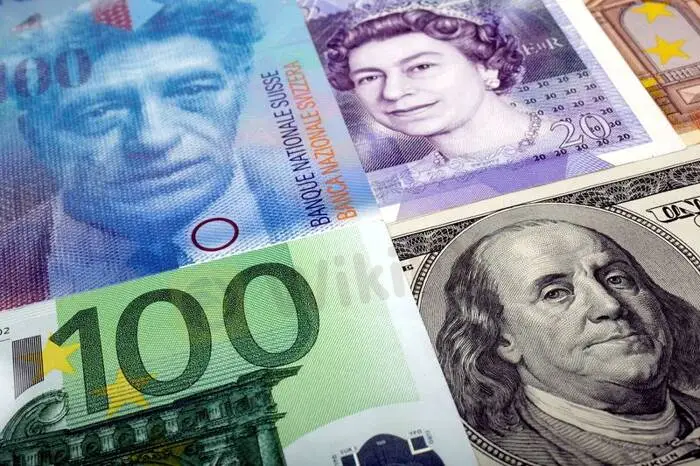简体中文
繁體中文
English
Pусский
日本語
ภาษาไทย
Tiếng Việt
Bahasa Indonesia
Español
हिन्दी
Filippiiniläinen
Français
Deutsch
Português
Türkçe
한국어
العربية
Euro crawls back as market weighs impact of sanctions, invasion
Abstract:The euro was struggling to recover from its plunge the previous day in early Asia trading on Friday, after Russias invasion of Ukraine had hit the common European currency and sent investors scrambling to the safety of the dollar, yen and Swiss franc.

The euro edged up on Friday following Thursday‘s sharp declines in the wake of Russia’s invasion of Ukraine.
The dollar edged lower against most currencies as markets walked back some of the tumultuous moves from the previous day.
Russias rouble also recovered some ground, trading at around 83.5 per dollar, having hit a record low of 89.986 the day before.
“FX markets are slightly calmer this morning as the world tries to come to terms with war in Europe,” Chris Turner, Global Head of Markets at ING, said.
The size and prominence of the sanctions on Russian banks and the size of their FX deposits may take some time to percolate through, he said.
The United States, the European Union and some other countries responded to Russia‘s invasion of Ukraine with a wave of sanctions impeding Russia’s ability to do business in major currencies along with sanctions on banks and state-owned enterprises.
Currency traders were trying to assess the impact on monetary policy around the world.
Policymakers at the European Central Bank (ECB) said the situation in Ukraine could cause the ECB to slow its exit from stimulus measures.
Investors now expect the ECB to increase its benchmark interest rate by 35 basis points by the end of December. Earlier last week, they saw the ECB raising rates by 50 bps by December. [IRPR]
Meanwhile, investors and some U.S. officials said the war would likely slow but not stop approaching interest rate hikes.
James Malcolm Head of UBS FX Strategy said he was surprised how little the euro sold off relative to the European stock market after the attacks, which were currently seen largely as a “European shock”.
“If this does spiral more out of control and becomes a bigger risk-off event globally and affects central bank pricing… any spillover from less Fed (Federal Reserve) pricing is going to affect DOLLAR/YEN certainly more than EURO/SWISS (franc),” he said.
The euro fell to its lowest level in seven years on Thursday versus the safe-haven Swiss franc. The single currency was last 0.1% higher on the day at 1.0373. It was also 0.1% higher against the dollar at $1.1204, having touched its lowest of $1.1106 since May 2020 in the previous session.
The dollar index against a basket of currencies including the euro fell 0.1% on Friday to 96.981, after climbing to its highest level since June 2020.
Bitcoin joined the recovery, up 1.1% to $38,817.

Disclaimer:
The views in this article only represent the author's personal views, and do not constitute investment advice on this platform. This platform does not guarantee the accuracy, completeness and timeliness of the information in the article, and will not be liable for any loss caused by the use of or reliance on the information in the article.
Read more

WikiEXPO Dubai 2024 will take place soon!
2 Days Left!

WikiEXPO Dubai 2024 is coming soon
3 Days Left!

WikiEXPO Dubai 2024 is set to open!
4 Days Left

7 Days Left!WikiEXPO Dubai 2024 is about to make a stunning debut!
Seeing Diversity Trading Safely
WikiFX Broker
Latest News
Hackers Charged for $11M Crypto Theft Using SIM-Swaps
Role of Central Banks in the FX Market
FCA Alerts Against Sydney FX
What Makes Cross-Border Payments Easier Than Ever?
Trader Exposes Unethical Practices by STP Trading
Malaysian Man Loses RM113,000 in Foreign Currency Investment Scam
Bitcoin Nears $100,000: A Triumph of Optimism or a Warning Sign?
Mastercard Partners with JPMorgan for B2B Cross-Border Payments
FCA Identifies Clone Firm Exploiting Admiral Markets' Credibility
Coinbase Under Scrutiny Amid Wrapped Bitcoin Delisting Controversy
Currency Calculator


